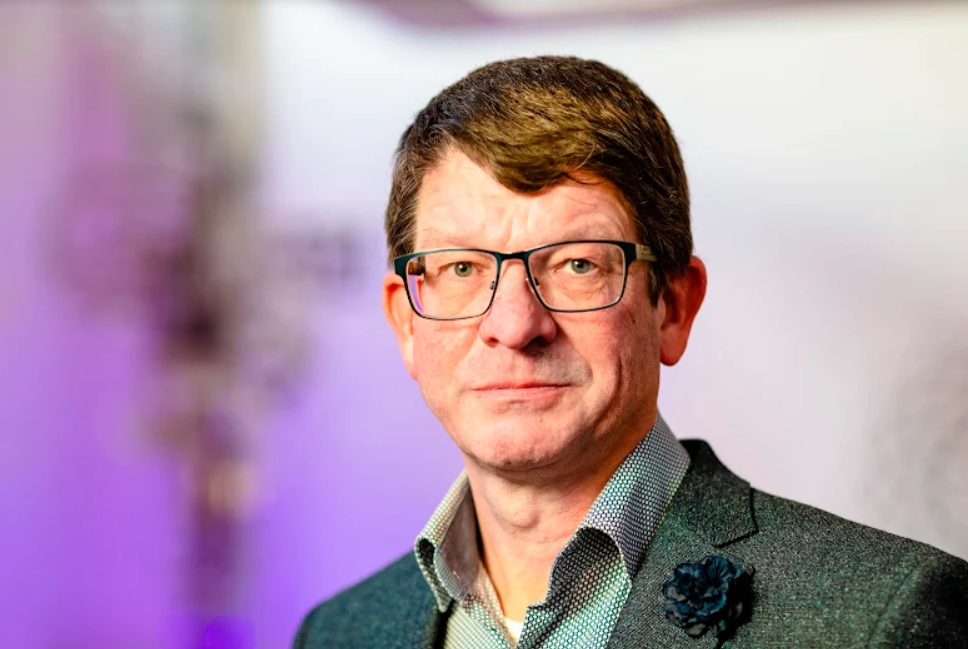
In the 1990s, Hans Krikhaar, now Professor of Smart Manufacturing at the Fontys University of Applied Sciences and President of DSPE, began his career in precision technology at Philips. In the twelve years he worked there, he saw the company change. “Twenty years ago, the company started to fall apart. Numerous spin-offs arose: ASML, Assembleon (now K&S) and Thermo Fischer, to name just a few. Those spin-offs led to a large and diverse precision industry in Brabant.”
When Krikhaar looks back on the past twenty years of precision technology, cooperation runs through it like a common thread. “In my time at Philips, there was lots of very good internal communication and knowledge sharing. Back then, the company was still a unified whole.”
From light bulb to laptop
The hydraulic spindle, for example, was originally developed to make VCR heads. Later, the spindle was used in the first lithography machine at ASML. “I myself used the spindle in a machine that produced shaving heads at Philips Drachten. And a later version of the same spindle was used to spin contact lenses.”
The radio tube has a similar history. Initially a derivative of the incandescent lamp, it eventually led Philips to a world-class product: the radio. “Later, that same technology led to the creation of the television. Then Philips furthered the technique with the transistor and the IC, technology that has enabled us all to communicate via our laptops today.” The broad applications of one technology are the result of good, internal communication and illustrates how an innovation can be applied in multiple ways.
Read our magazine about the Precision Fair
Diverse ecosystem
The fact that twenty years ago, more and more spin-offs from the parent company Philips emerged, made for a very diverse ecosystem. Krikhaar: “All kinds of start-ups were created that were working on high-tech systems. We became good at factory automation, systems engineering, photonics, mechatronics. Our open style of cooperation and out-of-the-box thinking in particular has brought Dutch precision technology to where it is today.” When Krikhaar compares the Netherlands to Germany, England and France, he sees a clear difference: in those countries, companies are much more hierarchical and divided into separate fields, while in our country different fields are far more integrated.
Wary of sharing knowledge
“We need to keep that attitude. I see that more and more companies and start-ups are wary of sharing knowledge. That’s not a good thing for precision technology in the Netherlands. An SME that is worried about its innovation being stolen locks the door to outsiders. It won’t get them any further, and neither will the industry,” Krikhaar emphasizes.
The industry’s reluctance to share knowledge is a vastly different from the situation twenty years ago, when fearlessly sharing knowledge within Philips led to innovation after innovation.
As president of DSPE, Krikhaar has made it his mission to remove the apprehension surrounding the exchange of knowledge. “We do that by bringing skilled professionals together. We even go so far as to want them to become friends. We organize knowledge days, publish the professional journal ‘Micronics’ six times a year and organize conferences in mechatronics and optomechanics. That basis for knowledge sharing is important. Mikrocentrum’s Precision Fair is also a very important expression of that.”

